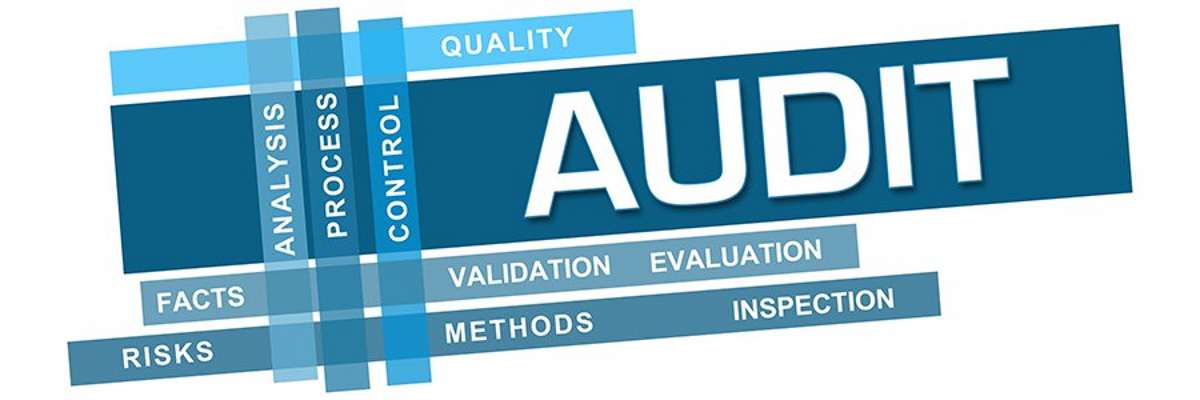This course examines the practice of auditing and the underlying concepts, auditors responsibilities and the audit environment. Although the focus of attention is on audits carried out under the provisions of the Corporations Law, reference is also made to other forms of audit. The course is intended to provide an overview of the audit process as it exists in Australia. Both CIS and computer-assisted audit techniques are an integral part of this course.
Course objectives:
By the end of this course you should be able to:
- Understand the reasons for independent assurance of financial information and the different levels of assurance provided by an audit and a review.
- Understand the role of auditing standards and the Corporations Act 2001in the conduct of an audit,
- 3. Understand the risk based approach to auditing,
- 4. Assess business risk, evaluate materiality and evaluate the internal controls of the audit client,
- Develop an audit strategy involving tests of controls, substantive analytical procedure and substantive tests of detail,
- Understand auditing in a computerised accounting system,
- Choose the appropriate audit report to issue, based on the audit evidence,
- Understand the legal and ethical responsibilities of the auditor,
- Work as a team to analyse a company and prepare planning information for an audit.
Who should attend?
This course suitable for all employees in the management audit
Course Outline:
The Internal Audit Environment:
- The Definition of Internal Auditing
- The Components of an Effective Internal Audit Function
- The Effective Organizational Placement of a Successful Internal Audit Function
- The Standards for the Professional Practice of Internal Auditing
- The Various Types of Internal Audits
The Principles of Effective Internal Auditing:
- The Principles of Effective Audits
- Alpha and Beta Audit Risk
- Compliance, Substantive, and Operational Tests
- Analytical Review, Confirmations, Reperformance, Observation and Inquiry, Inspection, and Other Types of Audit Evidence
Developing Achievable Audit Objectives:
- Relating the Concept of Internal Audit Strategies to the Audit Planning Process
- Developing a Long-Term Audit Plan for the Internal Audit Department Using Internal Control-Based Risk Assessment
- Designing the Audit Plan and Preparing an Audit Planning Memorandum for an Individual Internal Audit Project Assignment
Principles of Internal Control:
- The Relationship between Internal Controls and the Audit Process
- The Requirements to Ensure Compliance with Statement on Internal Auditing Standard No. 1 Control: Concepts and Responsibilities
Audit Evidence and Audit Work papers:
- Discuss the Basic Concepts of Audit Evidence
- Performing Analytical Reviews
- Testing and Gathering Review Evidence
- Selection of Appropriate Testing Method
- Overview of Statistical Sampling Techniques .
WORKSHOP STYLE:
A mixture of short presentations, interactive discussion, individual exercises and group work. The emphasis throughout is on a practical approach using case material and examples.




